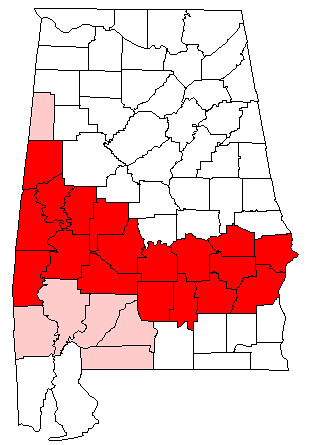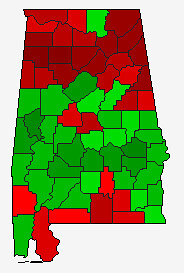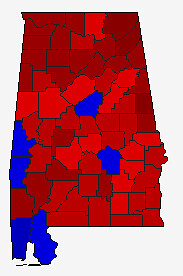The Republican National Convention will be the latest stop on Artur Davis’s comeback/apology tour. Quoth Reince Priebus:
Former Congressman Davis especially will give voice to the frustration and disappointment felt among those who supported President Obama in 2008 and are now hungry for a new direction.More accurately, isn’t he speaking to for the people who supported President Obama in 2008 and are named “Artur Davis?” The media loves an apostate story, and every Davis move and quote, during his move into the GOP, has gotten enormous play. The former congressman is accessible, quotable, and gives the impression of a man once muzzled now unleashed – especially when it comes to voter ID laws.* But you have to see the Davis move in the context of his 2010 career implosion. Davis had always been a “next wave” black politician, who beat the embarassing (I’m understanding) Rep. Earl Hilliard in 2002 to come to Congress. He cut against liberals by voting for partial-birth abortion legislation and a “traditional marriage amendment,” and irritated liberals on economic policy by backing bankruptcy reform in 2004. But in late 2008, he made a determination to run for governor of Alabama. He backed the stimulus, but he opposed the Affordable Care Act. Because the debate over that bill took so long, Davis had to come out against it many, many times. Davis found himself in an untenable position, trying to oppose swathes of the first black president’s agenda while convincing the decreasingly-white Alabama Democratic electorate that he could be their first black governor.
It didn’t work, and it flopped in one particularly painful way. Here’s a map of the Alabama “black belt,” counties that are at least 40 percent black, sometimes as high as 71 percent black. (UPDATE: Worth noting that the “black” term applies to the soil, not the people – this also happens to be an area with a lot of rural black voters.)

Here’s a map of the 2008 Alabama presidential primary – Obama in green, Hillary Clinton in red. Obama won statewide by 14 points.

And here’s a map of the 2010 gubernatorial primary – Davis in blue, Ron Sparks in red. Davis lost this one by 25 points.
 To understand what a shellacking that was, look at the exit poll in the 2008 Obama-Clinton primary. Fifty-one percent of those voters were black. Davis’s loss was enabled by a huge number of black voters turning against him. He lost in his own congressional district, which captured much of the black belt.
Anyway: This is the starting point for understanding Davis’s new career as a whip-smart analyst of “center-right politics.” In 2004, Zell Miller arrived at the Republican National Convention as a life-long Democrat who’d won his last election, in 2000. In 2008, Joe Lieberman arrived in St. Paul as a Democrat who’d lost a primary, then won as an independent.
To understand what a shellacking that was, look at the exit poll in the 2008 Obama-Clinton primary. Fifty-one percent of those voters were black. Davis’s loss was enabled by a huge number of black voters turning against him. He lost in his own congressional district, which captured much of the black belt.
Anyway: This is the starting point for understanding Davis’s new career as a whip-smart analyst of “center-right politics.” In 2004, Zell Miller arrived at the Republican National Convention as a life-long Democrat who’d won his last election, in 2000. In 2008, Joe Lieberman arrived in St. Paul as a Democrat who’d lost a primary, then won as an independent.But in his last election, Artur Davis was a loser. The party rejected him. So he suggests that he should have left it years ago.
*Bias declaration: I think voter ID laws are the way to go if the government ensures everybody has an ID. Georgia, for example, has run a very good program to make the ID law work, but it took some years. The big worry with Pennsylvania’s law is that it’s being implemented too quickly.